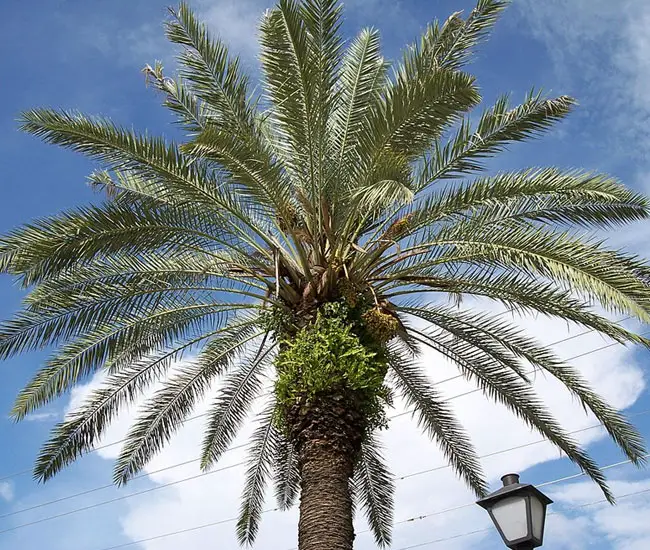
The True Date Palm Tree, scientifically known as Phoenix dactylifera, is closely related to the Canary Date Palm (Phoenix canariensis) and the Pygmy Date Palm (Phoenix roebelenii). It is a cold-hardy palm that can endure temperatures as low as 15°F and thrives in USDA hardiness zone 8.
This palm tree is resilient in the face of significant temperature fluctuations. Phoenix dactylifera is exceptionally easy to cultivate and maintain, making it suitable for states such as Alabama, Arizona, Arkansas, California, Georgia, Louisiana, Mississippi, Nevada, Oregon, and Texas.
While Date palms are abundant throughout the United States, they are not native to America. Date trees were introduced to the United States by Spanish missionaries long ago, and they have since naturalized, escaping cultivation.
Quick Facts:
| Scientific name: | Phoenix dactylifera |
| Common names: | True Date Palm, Date Palm, True Date, Medjool Palm, Medjool Date Palm, Phoenix Medjool Palm, Jewel Palm, Medjewel Palm, and Medjool Dates. |
| Origin: | Native to North Africa and India. |
| Growth Rate: | Slow. Up to 50-60 ft with a spread up to 20-25 ft wide. |
| Cold Tolerance: | USDA Zones 8b (15 to 20 F) to 11 (above 40 F). |
| Light Req: | Full sun. |
| Water Req: | Drought tolerant. |
| Soil Req: | Widely adaptable. |
| Fruit: | Yes. Yellow, orange, red. Edible. |
| Propagation: | By seeds, germinating in 2-3 months. Suckers, tissue culture. |
True Date Palm Palm Identifying Characteristics
The True Date Palm boasts a single, broad, gray trunk adorned with an ornamental diamond-shaped pattern of leaf scars, measuring approximately 16 inches in diameter. The trunk maintains a consistent girth throughout its height, remaining vertical, cylindrical, and columnar.
For several years, the trunk remains covered by the bases of old, dry fronds, resulting in a rough texture. However, with age, the trunk becomes smoother, displaying visible cicatrices from these bases.
A dense canopy of about 100-120 large fronds, spanning up to 30 feet in width, characterizes this palm. The leaves are greenish or bluish-gray, pinnate, feather-like, with around 150 pointed leaflets measuring 1-2 feet in length, arranged in V-shaped ranks along the petiole.
Near the base, these leaflets transform into sharp 3-4-inch thorns, requiring some maintenance to remove old frond bases from the trunk.
True Date Palm Flowers and Fruits
The True Date Palm produces white or yellow flowers that cluster together on 4-foot-long inflorescences. It is dioecious, with male and female flowers on separate plants.
Male flowers are white, while female flowers are cream and yellow. Only female plants produce dates, and only in the presence of a nearby male tree.
Following the flowering stage, edible fruits, known as ‘dates,’ grow in clusters among the leaves. True Date Palms typically start fruiting at around 8 years of age. Initially green, these dates gradually turn orange-red or dark brown, depending on the variety, when ripe.
They are oval-cylindrical, measuring 1.5 to 3 inches (3–7 cm) in length and 0.5 to 1 inch in diameter, containing a single seed that is 0.5 inches long.
Dates hold significant nutritional value and serve as a vital food source in Asia, Africa, South America, and the Middle East. They are even used to produce ice creams, syrups, vinegars, and alcoholic beverages. Additionally, date seeds find application in the production of soaps and cosmetics.
Caring for the True Date Palm
Phoenix dactylifera can reach heights of up to 70 feet with a spread of 25 feet, although it typically remains under 50 feet in height with a 20-foot spread.
It is one of the hardiest palms, capable of withstanding temperatures as low as 15°F when mature, making it suitable for USDA Zones 8b (15 to 20°F) to 11 (above 40°F).
The Date Palm thrives in full sun and well-drained, moist soil but can also endure short periods of drought. To prevent nutritional deficiencies, it is advisable to apply high-quality palm fertilizer with a continuous-release formula twice a year during the growing season.
Propagation is typically done through seeds
True Date Palm Tree Pictures
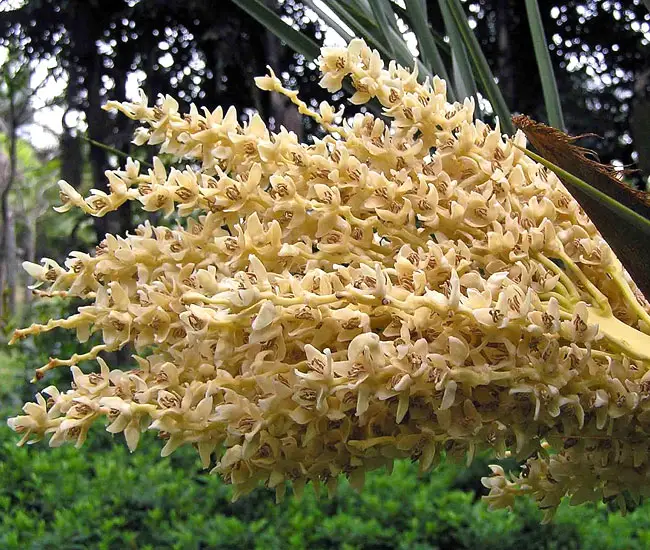
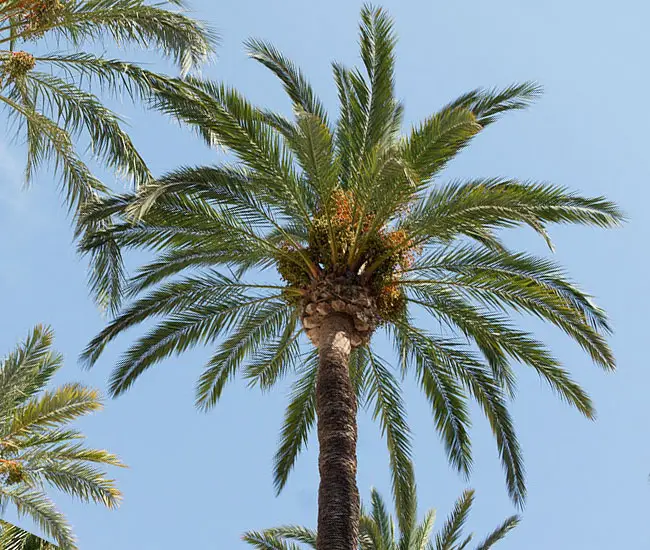
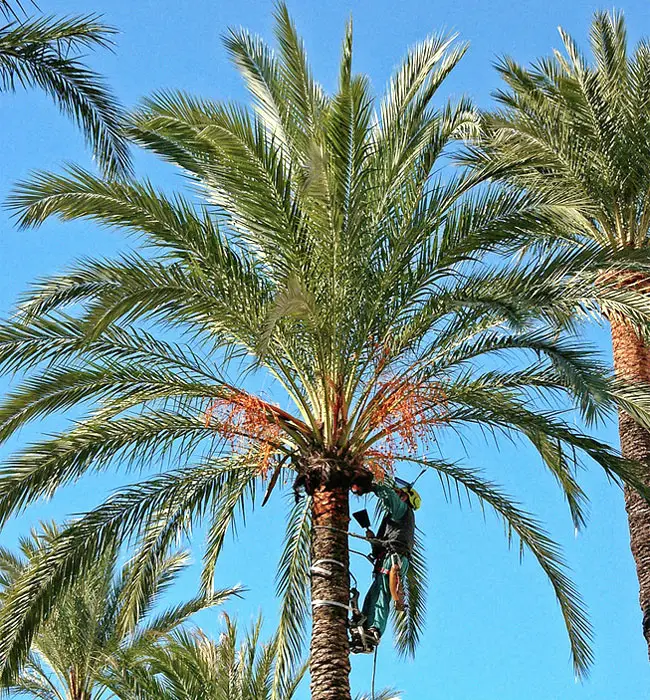
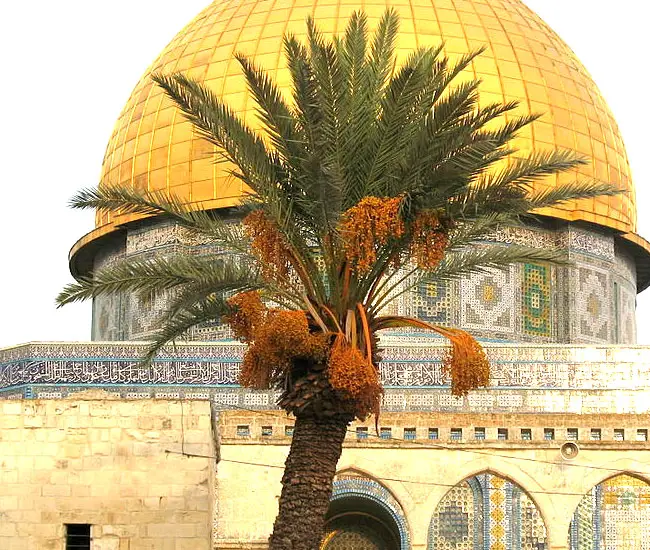
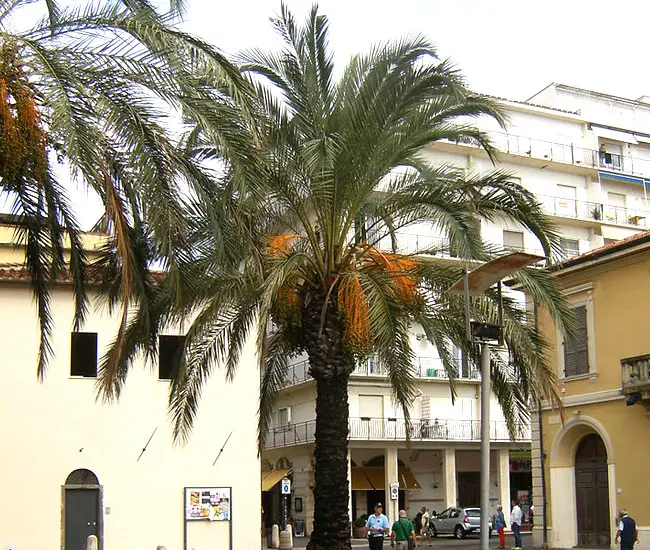
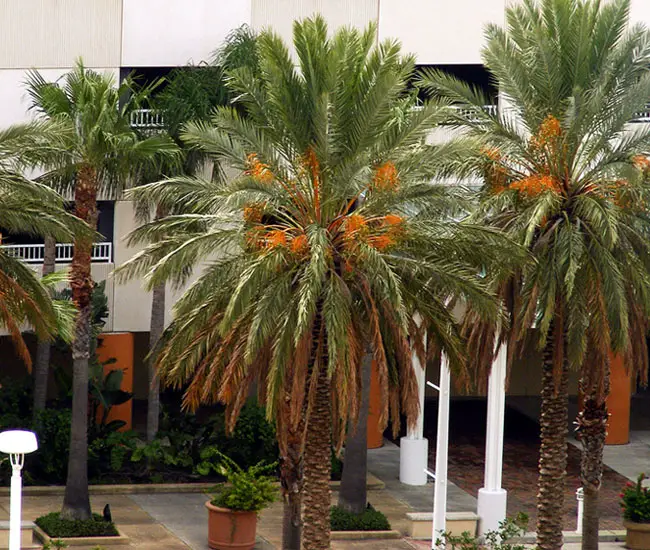
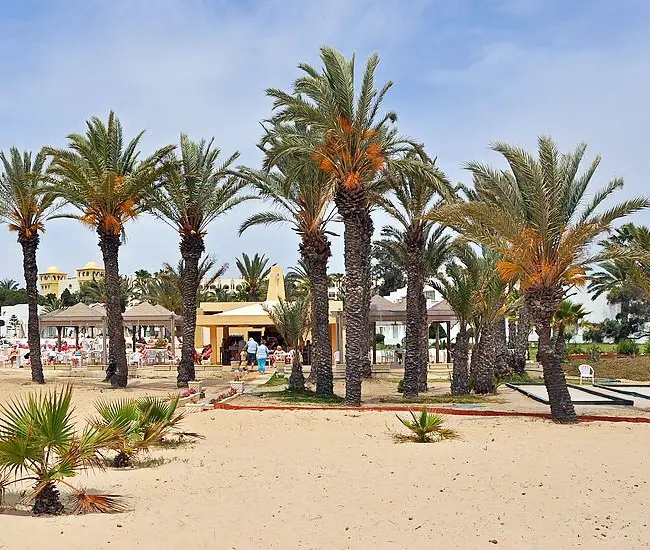
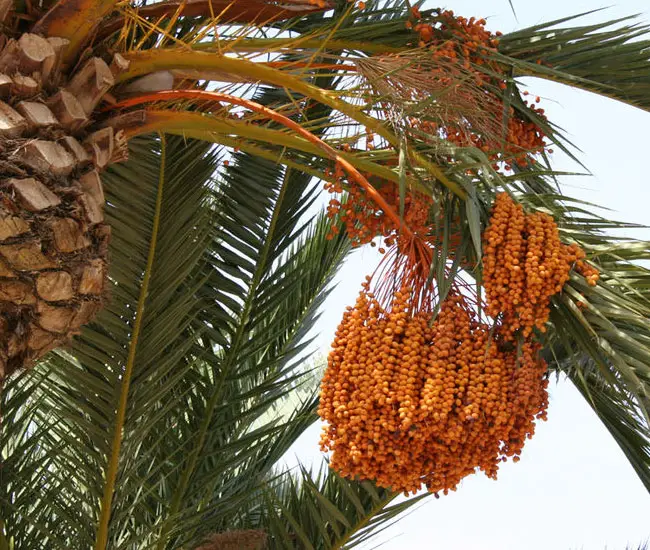
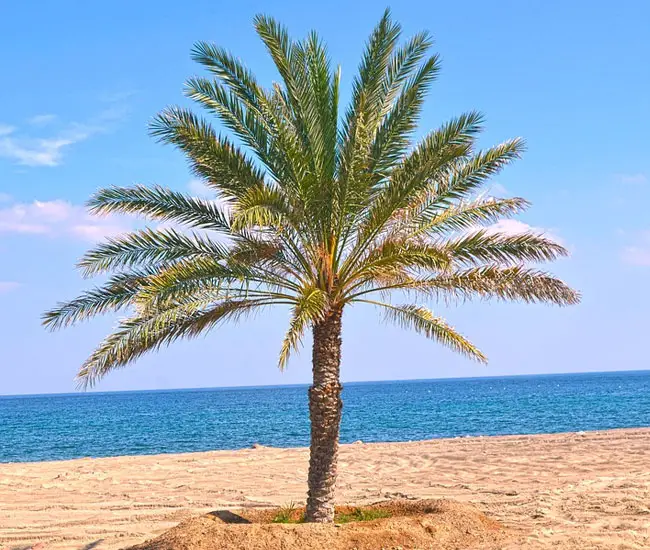
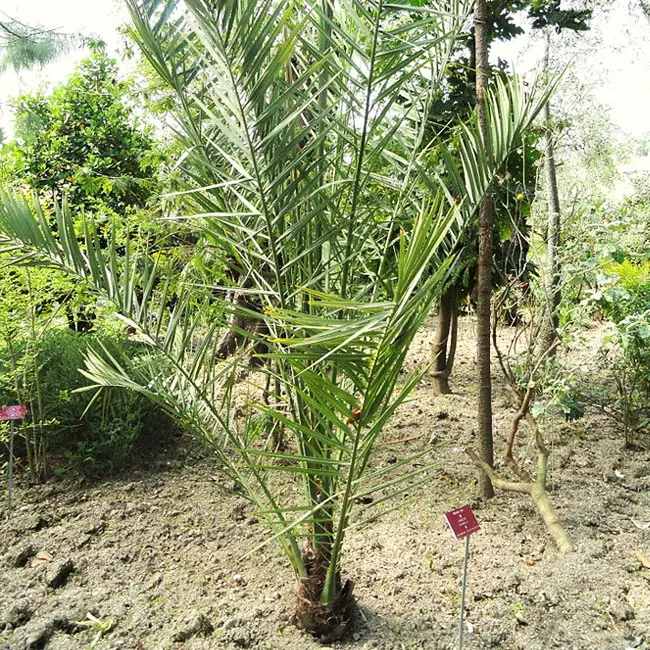
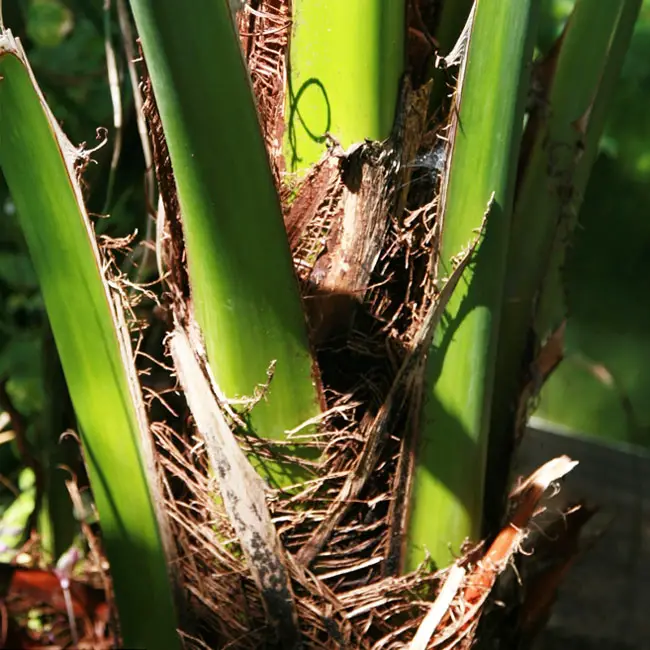
More information can be found on EDIS and Floridata sites.

Hello, I want yo know the prices of phoenix dactylifera, only unsoiled plants and if you can shipping to chile, Iquique City
Thank you
i need a palm tree that can product edible fruit in south Florida, advise with price.